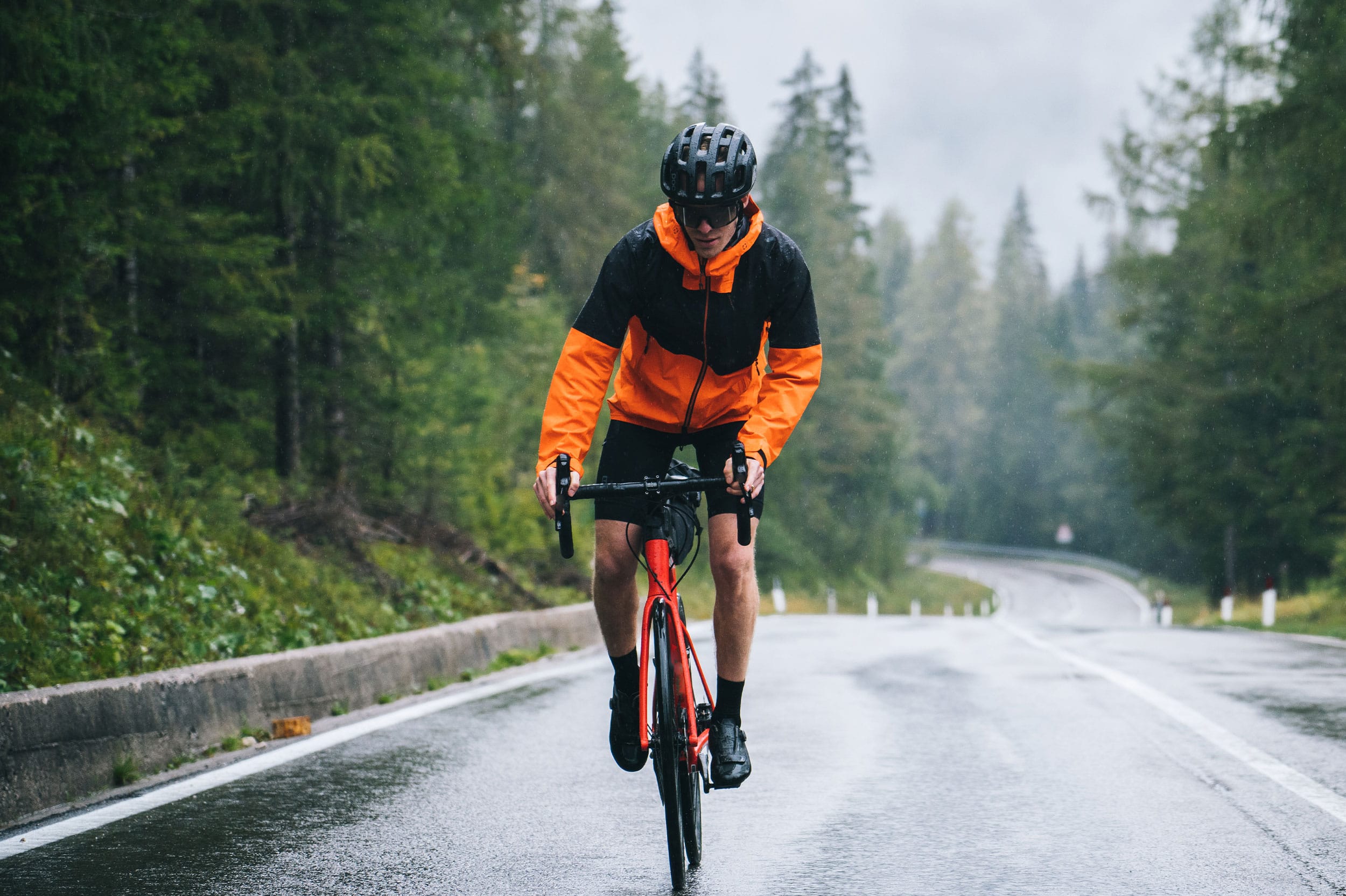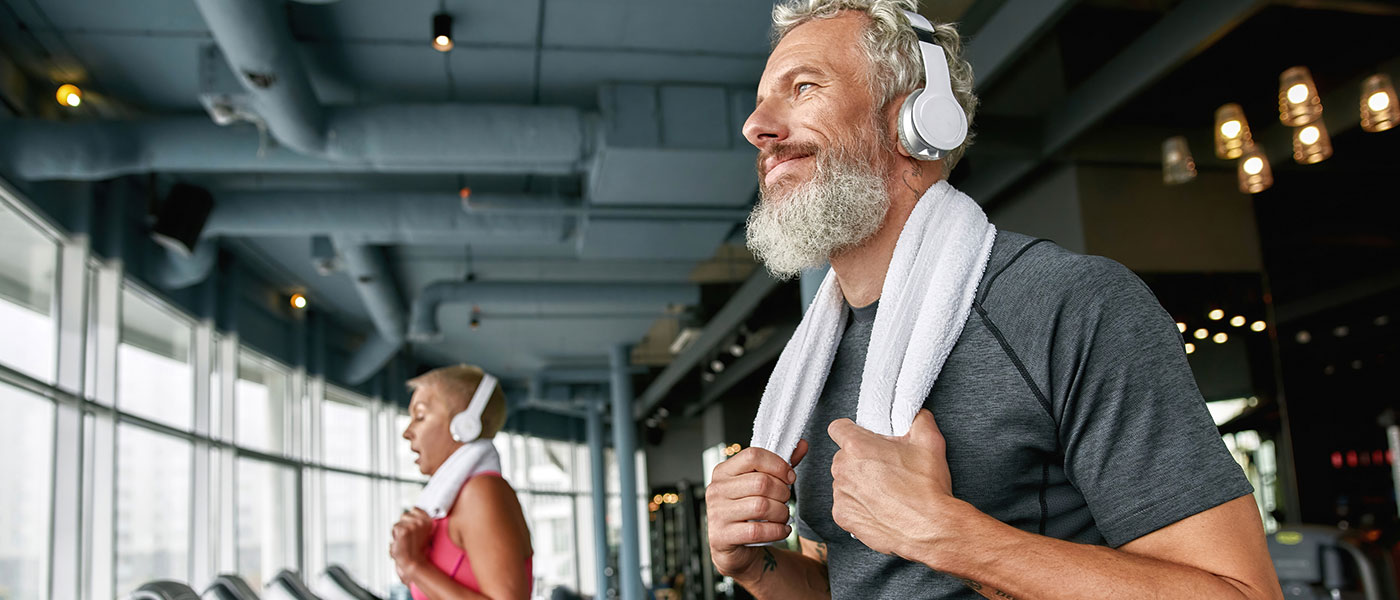
Cycling is an excellent way to stay fit and enjoy the outdoors, but you might be concerned about its potential impact on your health, particularly when it comes to erectile dysfunction (ED). You might wonder whether long hours on the saddle could be contributing to ED and what you can do to mitigate any negative effects. This article from Genesis Lifestyle Medicine explores how frequent cycling could affect erectile function and provides practical advice on managing and preventing potential issues.
The link between cycling and erectile dysfunction
Frequent cycling can potentially contribute to erectile dysfunction, primarily due to the pressure exerted on the perineum, the area between the anus and scrotum. This pressure can compress the nerves and blood vessels responsible for penile erection, leading to temporary or, in some cases, chronic ED. The risk is particularly high for cyclists who spend several hours a week on the bike or those who use poorly designed saddles.
How pressure affects erectile function
The perineum is home to critical nerves and blood vessels that help regulate erectile function. When pressure from a bicycle saddle compresses this area, it can restrict blood flow and damage the nerves. This can lead to reduced sensation and difficulty achieving or maintaining an erection. Prolonged pressure may exacerbate these issues, potentially leading to chronic erectile dysfunction if not addressed promptly.

Signs of cycling-related erectile dysfunction
If you’re experiencing ED and you cycle frequently, it’s essential to observe the symptoms and consult with a healthcare provider. Signs that cycling might be contributing to your erectile issues include:
- Difficulty achieving or maintaining an erection: If you notice a pattern of ED linked to your cycling routine, it may be worth exploring the connection.
- Numbness or tingling in the genital area: Persistent numbness or discomfort while cycling could indicate pressure-related nerve damage.
- Discomfort or pain while sitting on the saddle: Prolonged discomfort may signal that the saddle isn’t providing adequate support, leading to potential health issues.
Choosing the right bicycle saddle
One of the most effective ways to prevent cycling-related ED is to invest in a high-quality bicycle saddle designed to reduce perineal pressure. Saddles with cutouts or ergonomic designs can help alleviate pressure on sensitive areas. Look for saddles that offer adequate cushioning and are adjustable to fit your body type and cycling style.

Adjusting your cycling routine
Modifying your cycling routine can also help mitigate the risk of erectile dysfunction. Here are a few strategies:
- Vary your cycling positions: Changing your riding position can help reduce sustained pressure on the perineum. Alternate between sitting and standing while cycling.
- Incorporate rest days: Allowing your body time to recover between rides can help prevent overuse injuries and pressure-related issues.
- Strengthen your pelvic floor muscles: Regular pelvic floor exercises can enhance blood flow and support erectile function.
Medical advice and treatment options
If you suspect that frequent cycling is contributing to your ED, it’s essential to seek medical advice. At Genesis Lifestyle Medicine, we can help you explore various treatment options tailored to your needs. Treatments for ED might include:
- Lifestyle modifications: Implementing changes to your cycling routine and saddle choice can often alleviate symptoms.
- Medications: Prescription medications can help improve erectile function if necessary.
- Therapies: In some cases, therapies such as the P-Shot or Shockwave Therapy may be recommended to address underlying issues.

Preventing long-term issues
Preventing long-term complications from cycling-related ED involves taking proactive steps to protect your sexual health. Regular check-ups with your healthcare provider, maintaining an appropriate cycling routine, and addressing any discomfort promptly are crucial. By making informed choices and seeking professional guidance, you can continue to enjoy cycling while safeguarding your well-being.
Frequent cycling can potentially lead to erectile dysfunction due to pressure on the perineum and associated nerve and blood vessel compression. By choosing the right saddle, adjusting your cycling routine, and paying attention to any symptoms, you can reduce the risk of ED. At Genesis Lifestyle Medicine, we are committed to helping you manage and prevent health issues related to cycling and other activities. If you’re experiencing symptoms or have concerns about how cycling might be affecting your sexual health, schedule your consultation today.



